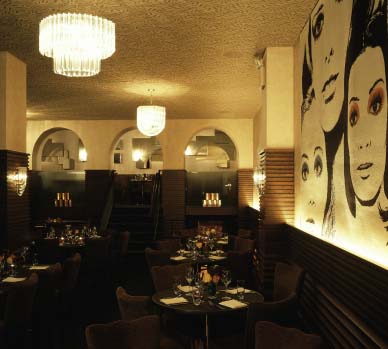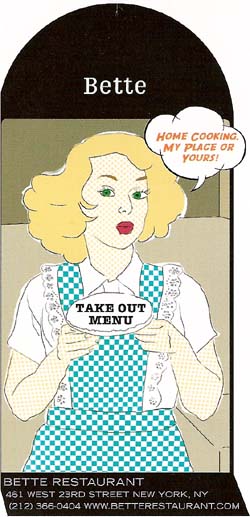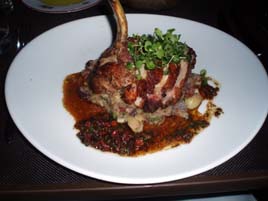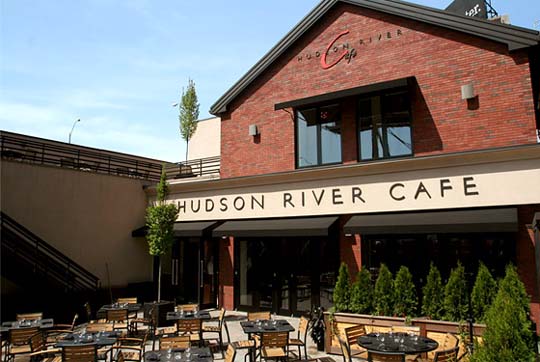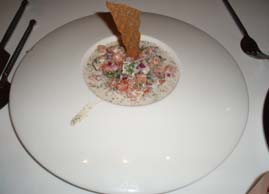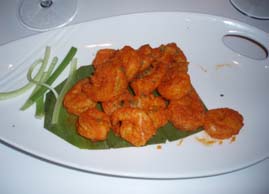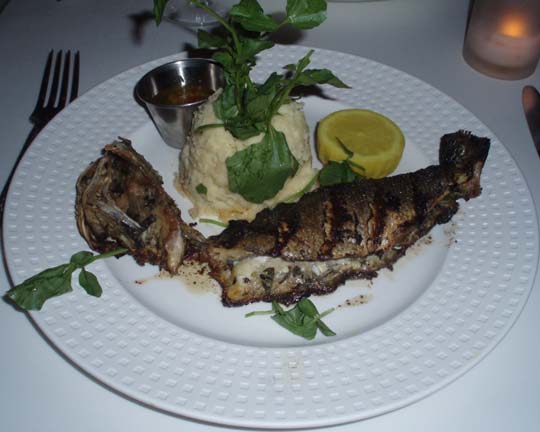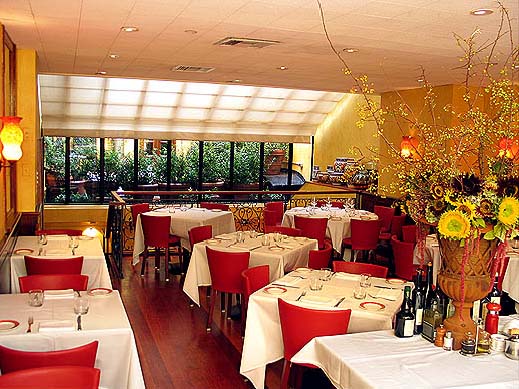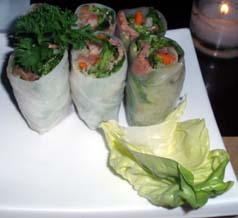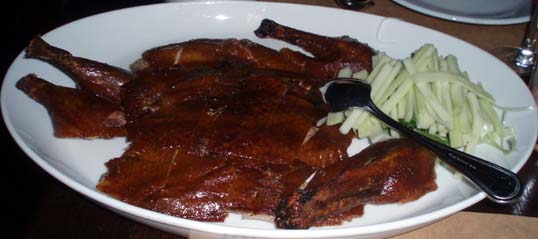Frank Bruni and the Fine Dining Deathwatch, Part 2
 Wednesday, August 15, 2007 at 02:22PM
Wednesday, August 15, 2007 at 02:22PM Six months ago, I wrote about the Fine Dining Deathwatch since Frank Bruni became the New York Times restaurant critic. I noted Bruni’s overwhelming bias against traditional “fine dining” restaurants, unless they happen to be Italian or Italian-influenced. Over and over again, you find in his reviews that he is actually offended by restaurants that pamper him. He not only doesn’t give credit for high-end service; he actually penalizes it.
Later on, I posted about Frank’s repeated use of the word “fussy” in his reviews to describe traditional formal service. He never means it as a compliment. This must weigh on restauranteurs and investors as they plan new openings. The presence of tablecloths, all by itself, costs you half-a-star before Frank even walks in the door. Some restaurants can overcome that handicap, but it is difficult.
As we approach another fall season, it’s worth taking a look at the year just past. Between September 2006 and August 2007, Frank Bruni awarded three stars to the following restaurants:
Felidia
L’Atelier de Joël Robuchon
Picholine
Eleven Madison Park
Bar Room at the Modern
Esca
Gramercy Tavern
Café Boulud
All but L’Atelier de Joël Robuchon were re-reviews. Hence, in the last year, only one new restaurant in New York City earned three stars. (None earned four.) Leonard Kim, the star-system historian over at eGullet, confirmed that this has not happened since 1995–96, when Ruth Reichl handed out eleven three-star reviews, ten of which were re-reviews.
In Bruni’s defense, I cannot think of another restaurant that opened in the last year that clearly deserved the third star. It so happens that I awarded three stars to Gordon Ramsay at the London and Anthos, but I can’t definitively say that Bruni got them wrong. There were plenty of critics that disliked Gordon Ramsay, and my visit to Anthos came after it had been open a while, and perhaps some of the early flubs had been worked out. So, it may simply be that this was an unusually lean year for high-end restaurants.
There’s no question that dining has become much more informal than it used to be. Frank Bruni never misses an opportunity to remind us of the fact. But many of the city’s high-end restaurants are regularly booked full, which suggests there remains untapped demand for that kind of luxury. Restauranteurs may be leery of making a big commitment, knowing that as the size of the investment goes up, the room for error goes down. Are they giving the people what they want? Or, do they feel that the city’s two main critics (Bruni and New York’s Adam Platt) are not going to give that kind of restaurant a fair shake—even when it’s done well.
But ironically, even among the casual restaurants that Bruni loves, the only new restaurant that merited three stars was a chain restaurant imported from France.
 Frank Bruni in
Frank Bruni in  Critiquing the Critic
Critiquing the Critic 

